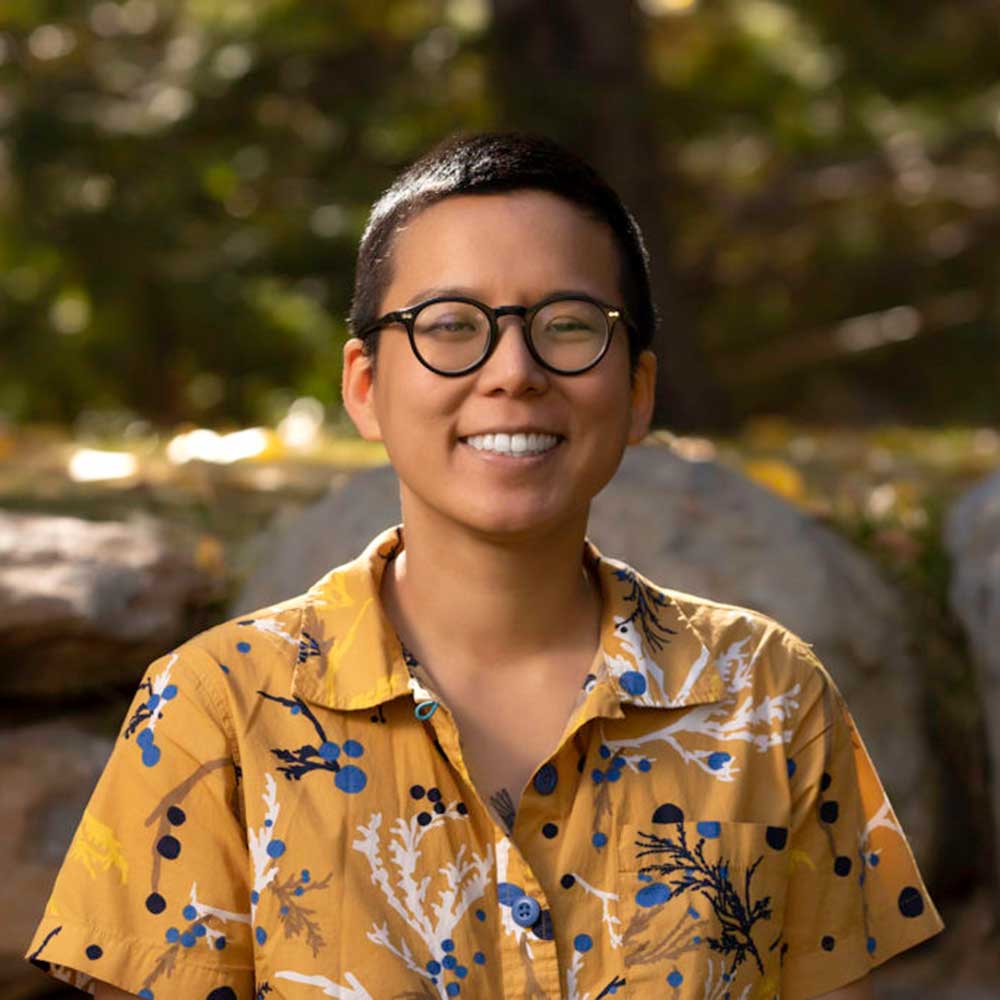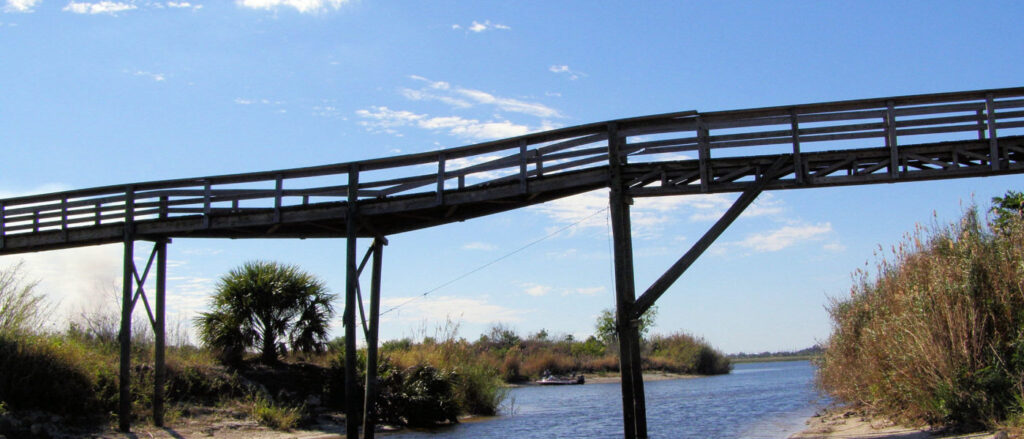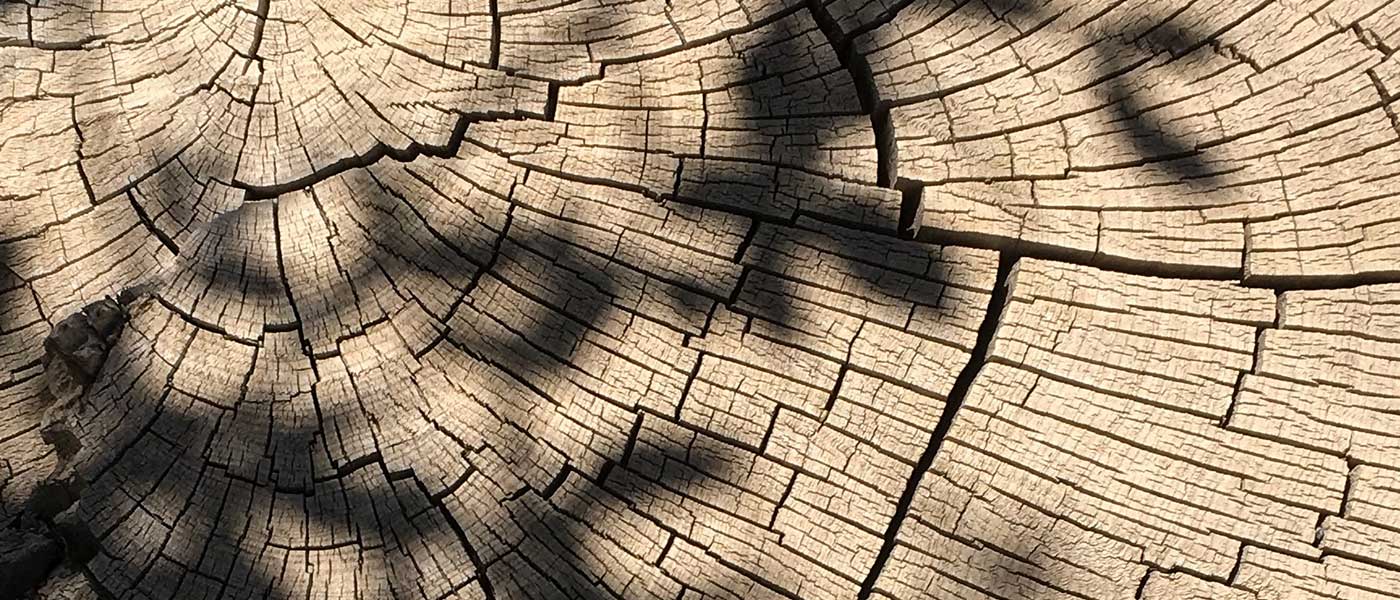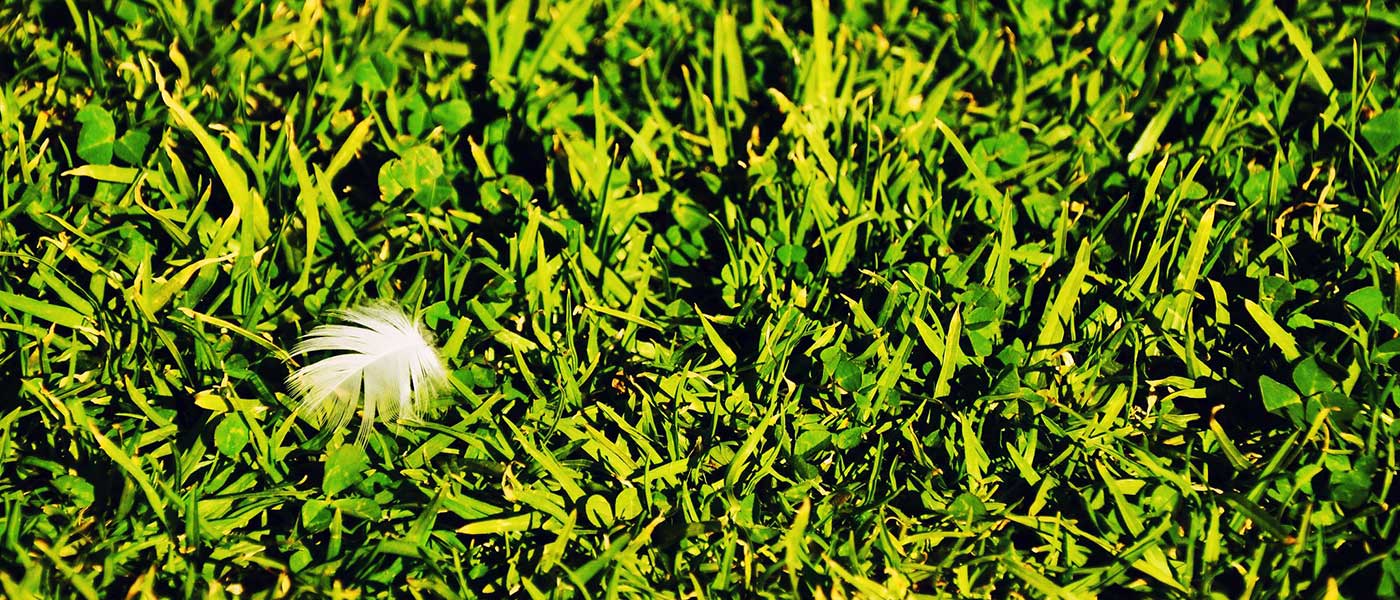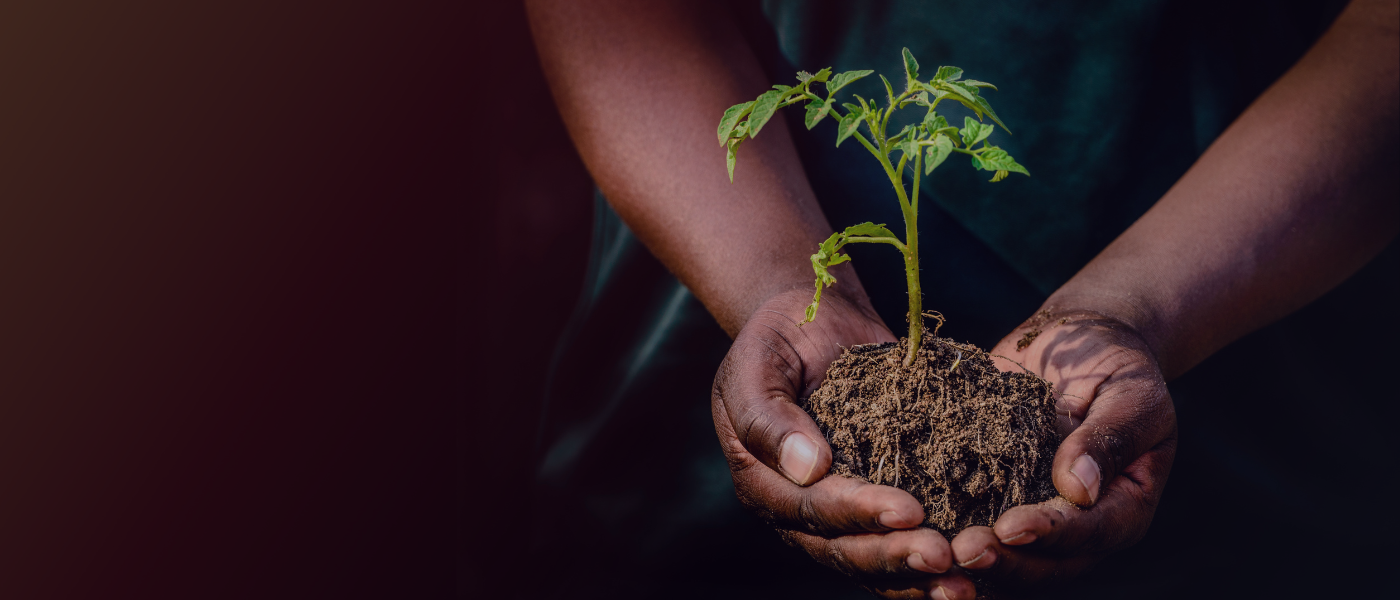I’ve been thinking a lot about bridges over the past year.
Last summer, my partner and I moved from a bustling urban city to a working-class, small town on the Kitsap Peninsula, an hour’s ferry ride away. Our new town has two bridges connecting the western part of town to its eastern counterpart. The blue waters flowing beneath both bridges is an inlet — Dyes Inlet — meaning, there’s only one way in and one way out. Transient orcas were spotted frolicking here the month we moved in, their shiny black rudders slicing the waves.
When we zoom across the Warren Avenue Bridge, we are met with a shimmering expanse of water lined with houses and evergreens, and the glacial, cookies-and-cream contrast of the Olympic mountains in the distance. Crossing the steel truss Manette Bridge gives us access to Grocery Outlet bargain snacks and the wee, trendy neighborhood of Manette, subtle reminders of the big city we left behind. Without the bridges, we would have to drive all the way around the perimeter of the water to experience more familiar tastes, sounds and sights.
One of the most delicious poses to me in ashtanga yoga is the bridge pose, Setu Bandhasana. When coming into bridge pose, you lie flat on your back, slide your feet up to meet your butt, and lift your hips to the sky. Compared to some other more acrobatic and strength-based poses, bridge pose is simple and undemanding. And yet, it is powerfully restorative, pouring energy back into the body where it has been expended.
It’s extraordinarily beautiful here in our new town; I snap photos of several neighborhood parks along the water at sunset and send them to my landlocked Texas cousins on our text thread to try and make them jealous. It works.
But it’s also so lonely out here; our town is a wooded, oceanside trap where people are often hidden inside their homes and workplaces. We can’t tell if actual people live in many of the houses in our neighborhood. We often wonder if the homes have been abandoned, taken over by the ubiquitous slow-growing moss and creeping ivy.
In the land of myriad waterways that comprise the Salish Sea, there are many places we, land mammal humans, just wouldn’t be able to access if it weren’t for bridges anchored at both origin and destination. Last fall, one of our friends, who lives on the far north side of the Olympic Peninsula, couldn’t safely make it home because the bridge to her hometown was closed due to unusually high winds. When bridges close, it is a reminder of the impossible distances they span, of the treacherous waters they cross for us. My partner and I had driven over this bridge before, the Hood Canal Floating Bridge, to reach Olympic National Park. We read that during a windstorm in 1979, where wind speeds rose to 85 miles per hour, parts of the floating bridge submitted to the frenzy and sank. Even on the lightly windy day we crossed, I remember the water roiling, waves clobbering each other, whitish foam sploshing onto the pavement above. So when the bridge closed last fall, we invited our friend over for a last minute sleepover, understanding that you have to respect bridges and their specific tolerances in their environments. The next morning, the winds had died down and the bridge — and our friend — had rested; it was ready to resume its role.
Do bridges ever tire of bridging? Who protects the bridges? Who holds them when they’re tested beyond what they can endure?
Architectural bridges are necessary to get us to where we want to go. In thinking about physical bridges, I think about people who serve as bridges for others. We need people to build bridges, to be bridges, do bridge work: to grip onto disparate geographies, ideas, and other people for as long as possible.
To me, a bridge person is a person who intentionally crosses boundaries, ideological divides, and difference as a regular practice; their existence and activity materializes a strand of connectivity where there was previously only ever a void, ill feelings, or conflict. A bridge person chooses to go there, even in the face of danger or failure, yet forges ahead armed with wilder visions of more humane possibilities. A bridge person is in possession of the wherewithal, whether through spiritual and emotional fortitude, sheer will, or material privilege, to plunge into situations ripe for disagreement, even attack.
A bridge person strategically presents something of themselves that is recognizable and reflected in the person they are trying to bridge, even if all it is is a shared humanity and the ability to love. In this context of climate catastrophe and extreme inequity ushered in by the machinations of late capitalism, we need more people to do bridge work and be bridge people.
In an On Being podcast episode that aired last fall, “An Invitation to Brave Space” , Reverend Jennifer Bailey and Lennon Flowers talk about co-hosting more than a thousand The People’s Supper clubs to foster connections and conversation between people across the political spectrum in today’s divided America. Whereas a skeptical observer might write this millennial-led experiment off as naive and idealistic, Bailey and Flowers share that participants have often formed genuine relationships with each other after breaking bread together. These gatherings are a salve for what Lennon calls a time of endemic loneliness.
But the co-founders are also quick to note that they don’t ask everyone to participate in the same ways or to reveal their vulnerability. According to Reverend Bailey, it’s unethical to ask people whose minoritized identities are under daily attack to bridge, as they may not be ready or possess the energy. Or, if you are in danger, bridge work may not be your life’s work right now — surviving and getting to a solid place is going to be top priority. I think that the more important message here is the flipped one: indeed, the rest of us who have moved beyond survival in our day-to-day lives, who have time, resources and curiosity to spare, are the ones called to become bridge people.
At first glance, the casual viewer may overlook the bridge on a stringed instrument, as there are more exciting components to gush over, like strings or body material. The bridge comes in variations. It may be a light piece of wood that is intricately carved with curly wings and shins, such as a viola or violin bridge. Or it may be composed of multiple parts, with the bridge support and its saddle, as is the case with an acoustic guitar. The bridge is small yet essential; it lifts the strings and transfers their vibrations to the resonant soundboard and hollow instrument body, which transports the sound to air, which we then perceive. Without a bridge, a stringed instrument would only emit a faint sound, and what we are trying to play would not be much of an instrument.
Political tribalism thrives in both the left and the right and ultimately makes for hostile introductory experiences to newcomers. What might being a bridge person in this context look like?
A bridge person is someone who organizes outreach to immigrant sex workers, who are doubly plagued by being forgotten by society and by being targeted by police raids. A bridge person is someone who identifies as a hardcore leftist and enjoys having ongoing conversations, full of compassion and curiosity, with their pro-Trump family members and neighbors. A bridge person is someone who creatively bares their most vulnerable thoughts and experiences in order to offer peace and comfort to others in challenging times, even though they are always terrified of being called out or judged. A bridge person is a queer minister whose life work is helping churches become more inclusive and offering loving counsel to queer people, even as they themselves are still healing from their own religious trauma.
A bridge person is a former-KKK member who stays planted in a white nationalist community to build lifelong relationships and change minds over the course of years. A bridge person is a writer who puts out work about their shame, their violation of taboos, their not-enoughness (or too-muchness) to help others feel less alone. A bridge person is someone who bridges not for self gain or promotion, but does it without fanfare because they know they can’t wait for anyone else to do it.
As people who are called to do bridge work, how do we do so now, in the time of quarantine, global pandemic, and personal, communal and global grief? If the ground beneath us was muddy and tenuously shifting before this time of crisis, now it is just thin air, the nothingness exposed. How do we regain footing on solid ground, or stay put and build the solid ground beneath our foundations to keep bridging?
Perhaps the obvious responses are to bolster connections virtually and via digital technology, which is what those of us with access have chosen to do, more or less. And for some of us, our response is to join the on-the-ground mutual aid networks that have sprung up to provide support to those hit hardest by the pandemic, because the government is either moving too slowly or refuses to help. Bridge work could look like reaching out to adjacent communities we are part of, perhaps to our family members with wealth, or to well-off acquaintances, and requesting them to add their extra resources to the collective pot during this dire time. It could be sewing masks for frontline healthcare workers, delivering groceries for elders in low income communities, breaking laws to secure housing and safe haven, collecting emergency funds for farm workers who pick all of our food. So many prompts have been floated around by ordinary people and put into motion.
But it’s also important to recognize that you aren’t operating from the pinnacle of stability when you are charged with building the plane while trying to fly it, so to speak.
People are suffering both from the direct effects of the virus (infection, complications, loss, and death) and the indirect effects (anxiety, stress, depression, unemployment, discrimination, houselessness, bankruptcy, and more). But people have been suffering for a long time, trapped in our broken economic and social systems before this; the pandemic simply uncovered that fact to everyone who wasn’t already intimately experiencing it. And more people will continue to suffer, struggle and die as the pandemic plays itself out.
So how can we be with the daily, deepening awareness of this reality? How can we tend to our grief, when it’s ambiguous and direct, all at once? And how can we do the brave bridge work our communities are asking of us? There is another kind of bridging that can help us remain structurally sound during this time: bridging within ourselves. Holding on to our responsibilities to continue caring for ourselves and our loved ones and follow precautions, we reach inside ourselves and admit we can’t 100% prevent anything from happening to anyone. Holding our craving to be informed about exactly how the pandemic will unfold, when it will terminate, and how we will slowly re-integrate into public life, we reach inside ourselves and sit with prolonged uncertainty. Holding our wish to not be infected (if we haven’t already been), we reach inside ourselves and recognize our natural permeability. Holding our ignited desire to live, we reach inside ourselves and touch the inevitability of our eventual death
In doing this bridge work inside ourselves, we prevent ourselves from being driven into feverish panic and nervous system collapse. Rather, it moves us to seek acceptance of the conditions that make up this extraordinarily difficult and novel time, even as those conditions change or worsen throughout a single day. If we can accept what is in front of us, then our souls may even begin to be refilled. This is part of a return to our relationships with our bodies, feelings, and thoughts.
There is also joy in bridging within ourselves. Feeling joy in times of distress and heightened precarity does not mean we do not empathize, grieve or care about our own suffering or those suffering around us. One of the harmful tendencies I most despise in social justice spaces is the compulsion to be outwardly morose, grave, or enraged all the time to show how committed we are to our values. Even as this myth is being dispelled, the endless mainstream news cycle of panic amps up our anxiety and pushes us backward away from joy.
Like anything else worth holding onto because it is life-giving, accessing joy is work. It takes effort and discipline. Because many of us have limited access to the outdoors due to government mandates during this pandemic, it has become more apparent just how necessary it is for us to commune with the sky, land, water, and all other forms of living beings. Whether it is going on a stroll, calling up old friends, observing seeds sprouting, or noticing a cheery songbird outside your window, many of us are doing what capitalism told us we don’t have time for. Joy is not dependent on an outcome. Joy can be cultivated in noticing what we still have and what the Earth continues to provide us.
When we commit to doing the work of repairing or constructing new bridges within ourselves, ones that tie together grief and joy, resolve and uncertainty, selflessness and self-preservation, then we become models for others to do the same. We then have a chance at offering sustained bridge work when social and economic structures are rapidly disintegrating right in front of us. The world will not be the same after this moment completes itself — it cannot be. But what is certain is that we’ll need people well-versed in erecting ideological and political bridges, when the time comes, to help rebuild from the rubble a more just and livable home for all of us.
